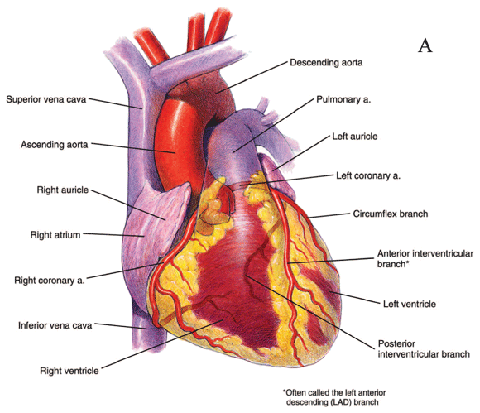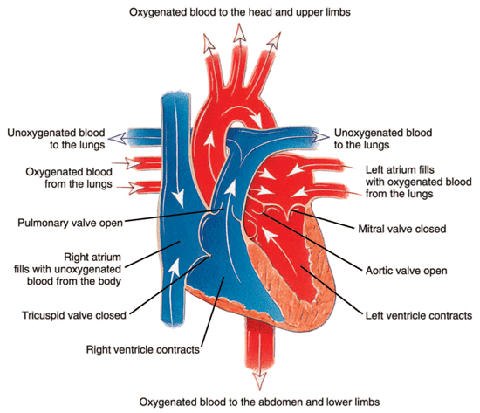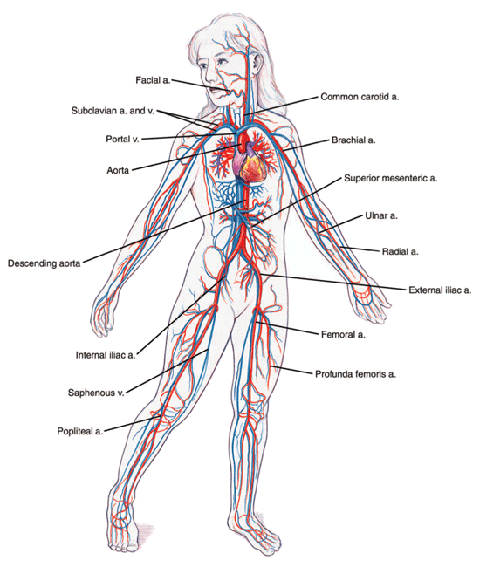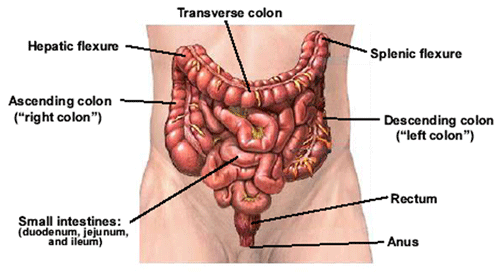Can I Get Social Security Disability Benefits for Reflex Sympathetic Dystrophy Syndrome / Complex Regional Pain Syndrome?
- How Does the Social Security Administration Decide if I Qualify for Disability Benefits for RSDS / CRPS?
- About RSDS / CRPS and Disability
- Winning Social Security Disability Benefits for RSDS / CRPS by Meeting a Listing
- Residual Functional Capacity Assessment for RSDS / CRPS
- Getting Your Doctor’s Opinion About What You Can Still Do
How Does the Social Security Administration Decide if I Qualify for Disability Benefits for RSDS / CRPS?
If you have reflex sympathetic dystrophy syndrome, Social Security disability benefits may be available to you. To determine whether you are disabled by your reflex sympathetic dystrophy syndrome (also called complex regional pain syndrome), the Social Security Administration will consider whether your condition qualifies as a severe medically determinable impairment at Step 2 of the Sequential Evaluation Process. See RSDS / CRPS as a Medically Determinable Severe Impairment. If your reflex sympathetic dystrophy/complex regional pain syndrome qualifies at Step 2, the Social Security Administration next considers whether your condition is severe enough to equal a listing atStep 3 of the Sequential Evaluation Process. See Winning Social Security Disability Benefits for RSDS / CRPS by Meeting a Listing.
If your reflex sympathetic dystrophy/complex regional pain syndrome is not severe enough to equal a listing, the Social Security Administration must assess your residual functional capacity (RFC) (the work you can still do, despite your condition), to determine whether you qualify for benefits at Step 4 and Step 5 of the Sequential Evaluation Process. See Residual Functional Capacity Assessment for RSDS / CRPS.
About RSDS / CRPS and Disability
RSDS stands for reflex sympathetic dystrophy syndrome. CRPS stands for complex regional pain syndrome. RSDS and CRPS are two names for the same condition. RSDS / CRPS is a chronic, progressive neurological syndrome, characterized by severe pain, swelling, and changes in the skin.
The National Institute of Neurological Disorders and Stroke (NINDS) has defined RSDS as “a chronic pain condition that is believed to be the result of dysfunction in the central or peripheral nervous systems.”
RSDS usually affects one of the extremities (arms, legs, hands, or feet). The primary symptom is intense, continuous pain. Other symptoms include:
- Increased skin sensitivity.
- Skin temperature changes (warmer or cooler than opposing extremity).
- Skin color changes (blotchy, purple, pale, red).
- Skin texture changes (shiny, thin, sweaty).
- Changes in nail and hair growth patterns.
- Stiffness and swelling in affected joints.
- Decreased ability to move affected extremity.
The cause of RSDS/CPRS is unknown. Sometimes the syndrome is precipitated by injury and surgery, but some cases have no demonstrable injury to the original site.
RSDS / CRPS as a Medically Determinable Severe Impairment
You must have a medically determinable impairment that is severe to satisfy Step 2 of the Sequential Evaluation Process. The Social Security Administration has issued a ruling that focuses on proof that RSDS / CRPS is a medically determinable impairment. Below are some pertinent excerpts from that ruling.
Description of RSDS / CRPS
RSDS / CRPS is a chronic pain syndrome most often resulting from trauma to a single extremity. It can also result from diseases, surgery, or injury affecting other parts of the body. Even a minor injury can trigger RSDS / CRPS. The most common acute clinical manifestations include complaints of intense pain and findings indicative of autonomic dysfunction at the site of the precipitating trauma. Later, spontaneously occurring pain may be associated with abnormalities in the affected region involving the skin, subcutaneous tissue, and bone. It is characteristic of this syndrome that the degree of pain reported is out of proportion to the severity of the injury sustained by the individual. When left untreated, the signs and symptoms of the disorder may worsen over time.
Although the pathogenesis of this disorder (the precipitating mechanism(s) of the signs and symptoms characteristic of RSDS / CRPS) has not been defined, dysfunction of the sympathetic nervous system has been strongly implicated.
The sympathetic nervous system regulates the body’s involuntary physiological responses to stressful stimuli. Sympathetic stimulation results in physiological changes that prepare the body to respond to a stressful stimulus by “fight or flight.” The so-called “fight or flight” response is characterized by constriction of peripheral vasculature (blood vessels supplying skin), increase in heart rate and sweating, dilatation of bronchial tubes, dilatation of pupils, increase in level of alertness, and constriction of sphincter musculature.
Abnormal sympathetic nervous system function may produce inappropriate or exaggerated neural signals that may be misinterpreted as pain. In addition, abnormal sympathetic stimulation may produce changes in blood vessels, skin, musculature and bone. Early recognition of the syndrome and prompt treatment, ideally within 3 months of the first symptoms, provides the greatest opportunity for effective recovery.
How Is RSDS / CRPS Identified as a Medically Determinable Impairment?
For purposes of Social Security disability evaluation, RSDS/CRPS can be established in the presence of persistent complaints of pain that are typically out of proportion to the severity of any documented precipitant and one or more of the following clinically documented signs in the affected region at any time following the documented precipitant:
Swelling;
Autonomic instability–seen as changes in skin color or texture, changes in sweating (decreased or excessive sweating), changes in skin temperature, and abnormal pilomotor erection (gooseflesh);
Abnormal hair or nail growth (growth can be either too slow or too fast);
Osteoporosis; or
Involuntary movements of the affected region of the initial injury.
When longitudinal treatment records document persistent limiting pain in an area where one or more of these abnormal signs has been documented at some point in time since the date of the precipitating injury, disability adjudicators can reliably determine that RSDS / CRPS is present and constitutes a medically determinable impairment.
It may be noted in the treatment records that these signs are not present continuously, or the signs may be present at one examination and not appear at another. Transient findings are characteristic of RSDS / CRPS, and do not affect a finding that a medically determinable impairment is present.
Winning Social Security Disability Benefits for RSDS / CRPS by Equaling a Listing
To determine whether you are disabled at Step 3 of the Sequential Evaluation Process, the Social Security Administration considers whether your impairment is severe enough to meet or a listing. The Social Security Administration has developed rules called Listing of Impairmentsfor most common impairments. The listing for a particular impairment describes a degree of severity that the Social Security Administration presumes would prevent a person from performing substantial work. If your impairment is severe enough to meet or equal a listing, you will be considered disabled.
The Social Security Administration has no listing for RSDS / CRPS. Since RSDS / CRPS is not a listed impairment, you cannot be found to meet a listed impairment based on your RSDS/ CRPS alone. However, the specific findings in your case should be compared to any pertinent listing to determine whether “medical equivalence” may exist. In other words, you may be entitled to Social Security disability benefits if the severity of your condition equals an existing listing for a different impairment.
If you have psychological problems related to RSDS / CRPS, they should be evaluated under the mental disorders listings. The Social Security Administration should consider whether your impairments meet or equal the severity of a mental listing. See Can I Get Social Security Disability Benefits for Depression, Bipolar Disorder, or Mania? and Can I Get Social Security Disability Benefits for Anxiety, Phobias, Panic Attacks, Obsessive Compulsive Disorder, or PTSD?
Continue to Residual Functional Capacity Assessment for Complex Regional Pain Syndrome.





